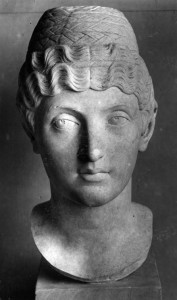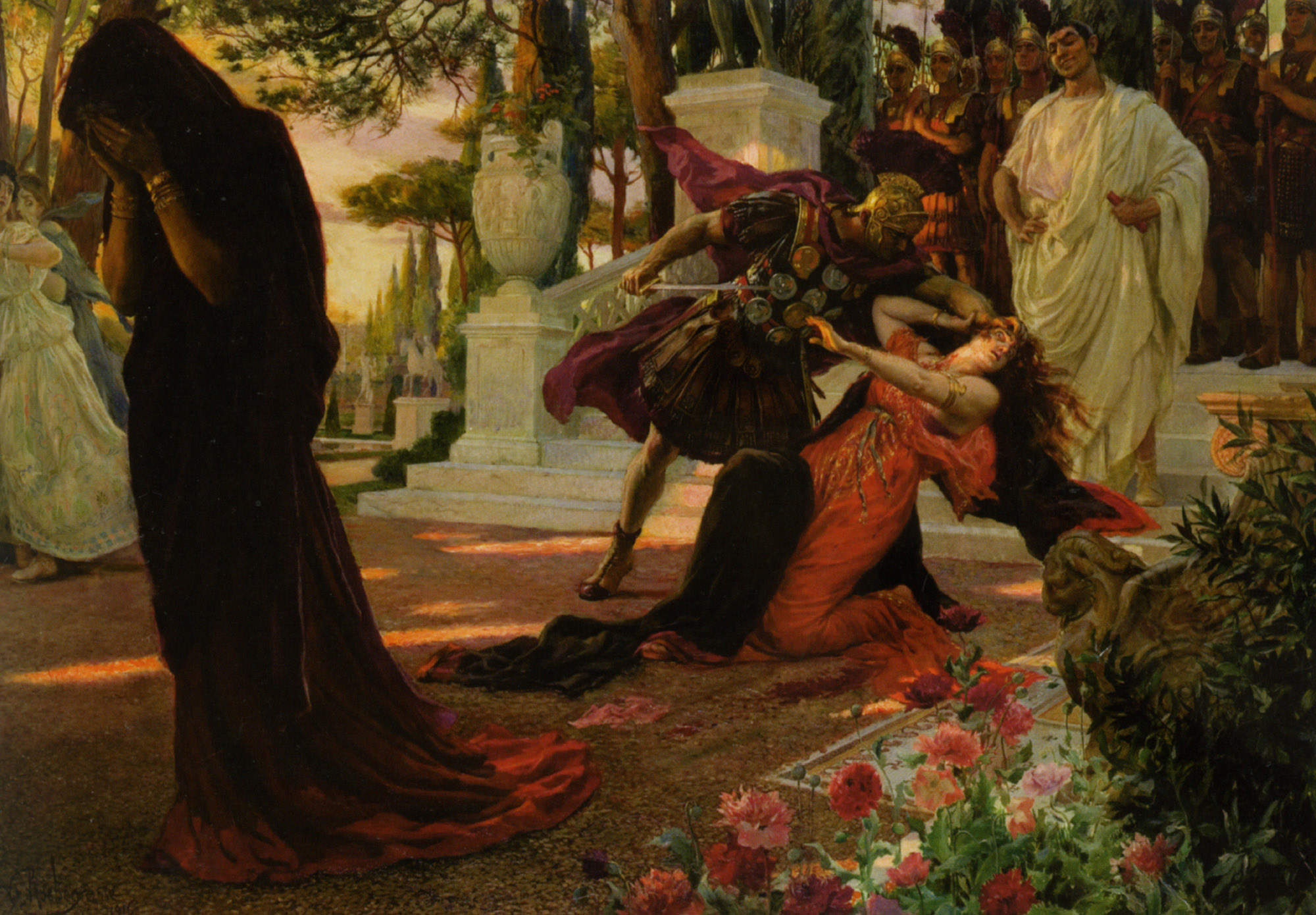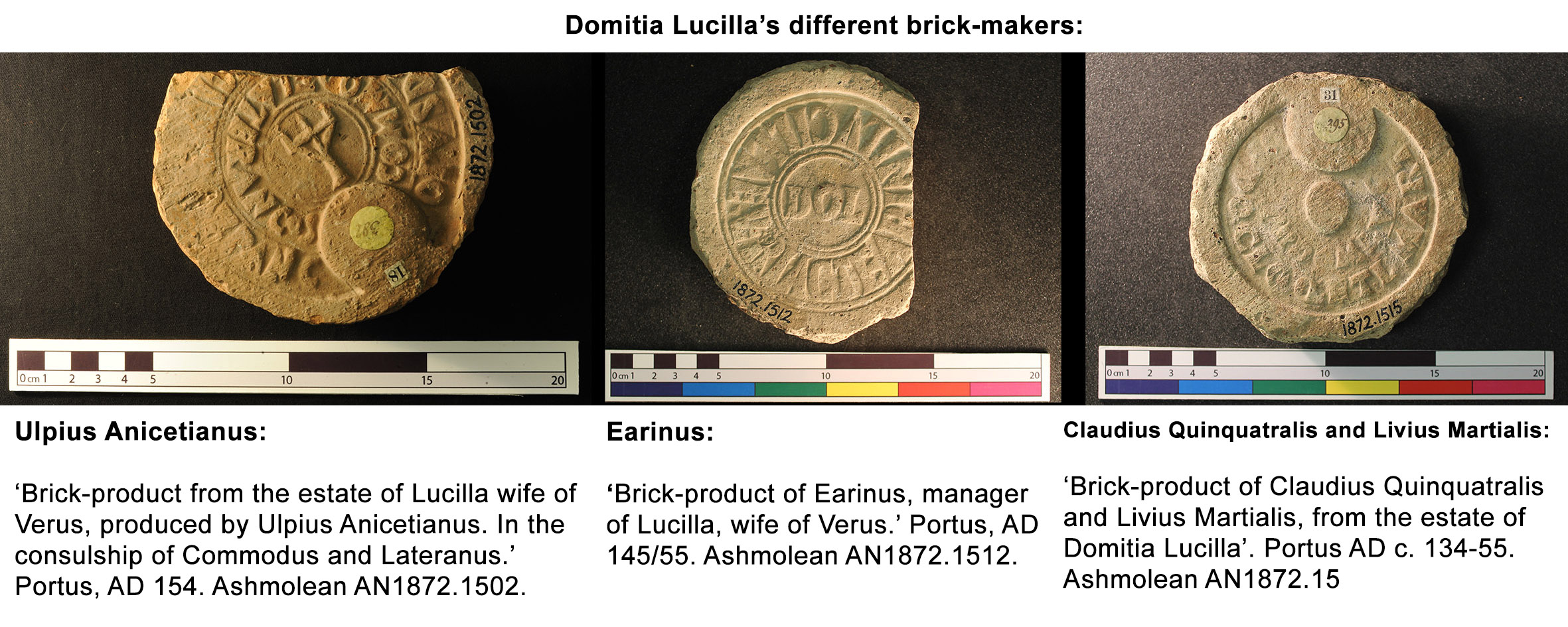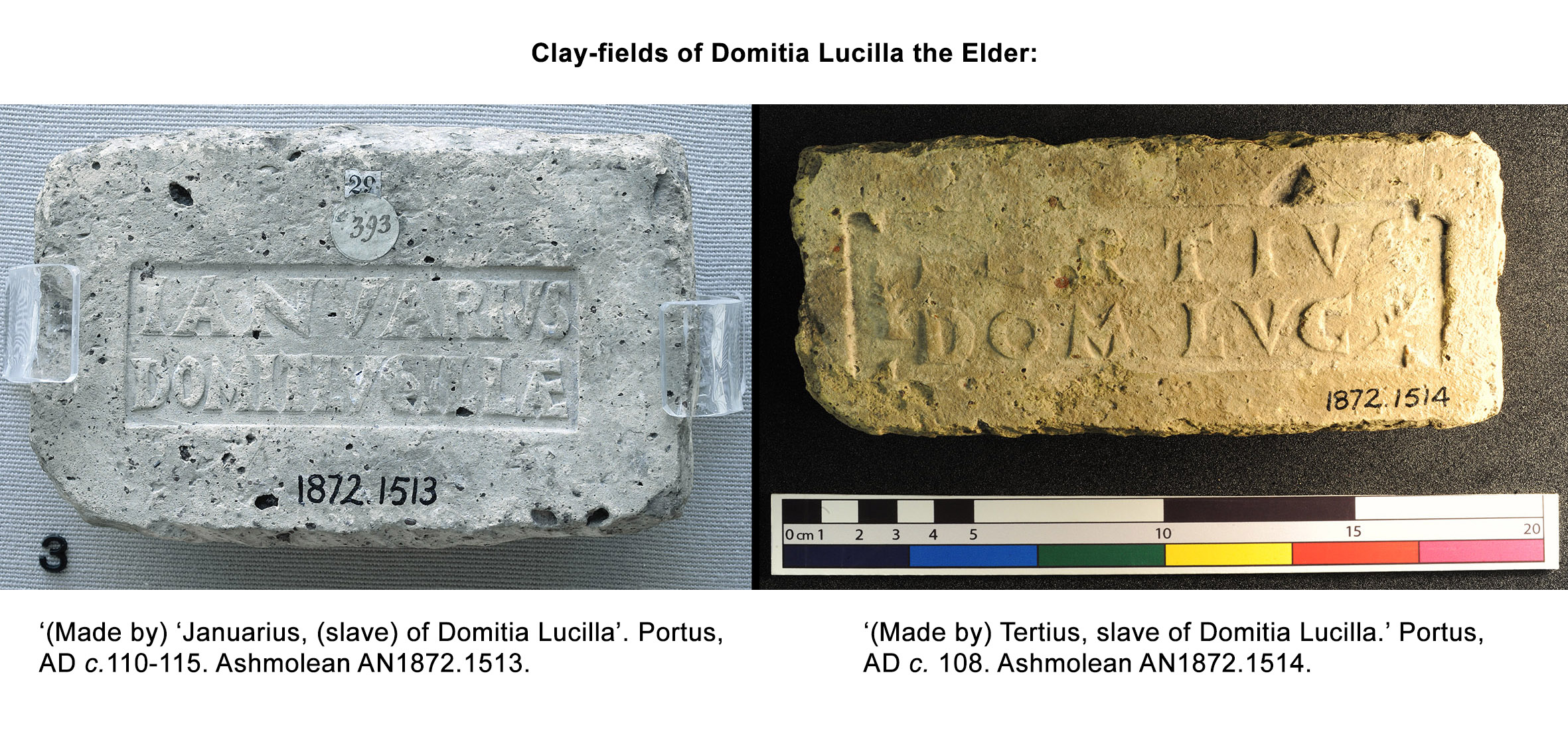‘When Agrippina reviled him [the emperor Tiberius], he had her flogged by a centurion, causing her to lose an eye. When she resolved to starve herself to death, he had her forcibly fed, and when through pure determination she succeeded in ending her life, he attacked her memory with vile slanders, persuaded the Senate to declare her birthday a day of ill omen, and claimed credit for not having had her strangled and her body thrown down the Stairs of Mourning’
Agrippina the Elder, Suetonius, Tiberius, 5.53
‘But in a mind so corrupted by lusts there was no trace of honour: Messalina’s tearful complaints were being drawn out pointlessly when the gates were broken open… that was the first moment she realized her true situation. She took the sword, and, while tremblingly moving it to her throat and chest in vain, a blow from the tribune drove it through her.’
Messalina, wife of Claudius, Tacitus, Annals 11.37-8
‘If he had come to commit a crime, Agrippina said… she would not believe it of her son, that he would order the murder of his mother. But the assassins surrounded her bed, and at first the ship’s captain struck her on the head with a club. Then, just as the centurion was drawing his sword to kill her, she held out her abdomen, crying out “Strike my womb!”, and with many wounds, she was dispatched.’
Agrippina the Younger, mother of Nero, Tacitus, Annals 14.8
Dramatic Dominae
Reading the Roman historians, you’d be forgiven for thinking there was something just a little bit Game of Thrones about imperial women. If they’re not plotting to advance or avenge a male relative, they might be having dangerous affairs, or bringing their families into disrepute. Because the central thread of the histories told by Suetonius and Tacitus is the succession of emperors, imperial women most often appear as a means of helping the story along, characterising the men in their lives, or influencing their behaviour, each in her own way contributing to the historian’s explanation of how each man came to (and fell from) power.
It can be helpful to look at evidence which allows us to see the lives of imperial women on their own terms. Luckily, while searching through the smaller finds in the Ashmolean Latin Inscriptions collection, we found a collection of objects that gives us an insight into one imperial woman’s financial concerns – and it couldn’t be further from conspiracy and murder.
Roman Bricks
Roman bricks weren’t the rectangular things we think of today. Instead they were slim and square, like modern paving slabs.
The centre of the bricks were marked, usually with circular stamps giving the name of the brick-maker (the officinator), the clay-district (figlinae) and the estate (praedium) from which the clay came, and the name of the current consuls. These three pieces of information essentially amount to the brand, origin, and the date of manufacture that we still expect on our labels today.
These brick stamps become popular among nineteenth-century collectors, a way of owning real Roman inscriptions that were more plentiful and portable than carved stones. Unfortunately, to make them even more portable, the rest of the brick was often chiselled away, leaving only the stamped area. That’s why most brick-stamps in museums today have rough edges, and don’t give much idea of the size and shape of the brick they once belonged to. But at least they preserve the important names. In the Ashmolean Museum’s collection of brick stamps from Portus, the main harbour of Rome, the name of one particular imperial woman is a common sight. Domitia Lucilla Minor, the wife of Marcus Annius Verus and mother of the emperor Marcus Aurelius, was the owner of huge clay-fields and a major player in the brick business.

Portrait Bust identified as Domitia Lucilla Minor, mother of Marcus Aurelius. Found near the Forum in Ostia. Mid-second century AD. Vatican Museums, Sala a Croce Greca. Inv. 570.
Ladies and the Land
Of all the things that Domitia Lucilla Minor could have invested her money in, why did she choose a clay-field? Owning land was one of the few ways that aristocratic Romans could make money without being seen to engage in ‘trade’. Whether it was land that produced grain, or land that was mined for clay, many well-born Romans made themselves comfortable by having what we would now call a land portfolio, and employed staff to help them manage it.
Evidently, Domitia Lucilla’s clay-fields were so extensive that she could contract them out to more than one brick-maker. In the Ashmolean collection, we’ve found stamps showing several different officinatores, using the clay from the praedium of Domitia Lucilla in the middle of the second century AD:
A Chip off the Old Block
In the particular case of Domitia Lucilla, her connection with brick-making was something she had inherited. Her family, the Domitii, were the most prominent family in brick manufacturing during the first and second centuries AD, and we find other bricks bearing the name of their clay-fields. In the Ashmolean Museum, we even have examples that seem to come from the clay-fields owned by her mother (Domitia Lucilla the Elder):
Naturally, certain successful brick-makers developed long-term business relationships with certain clay-field owners. The name and trident logo of officinator Ulpius Anicetianus, who appears on Domitia Lucilla’s bricks, also appears on bricks of her daughter, Annia Cornificia Faustina. It appears that, sometime after the death of Domitia Lucilla, in around AD 155/61, both the land and lucrative contracts that once belonged to her mother now passed to her.
This imperial woman, the only sibling of the Emperor Marcus Aurelius, led a quiet, successful life, and on her death left her own two children her considerable property portfolio. Unfortunately, reverting to type, these grandchildren of Domitia Lucilla Minor were involved in a failed attempt to assassinate the subsequent emperor, Commodus, and were both murdered. But that’s another, more dramatic story…








4 comments for “She Built Rome: A Different Kind of Imperial Woman”